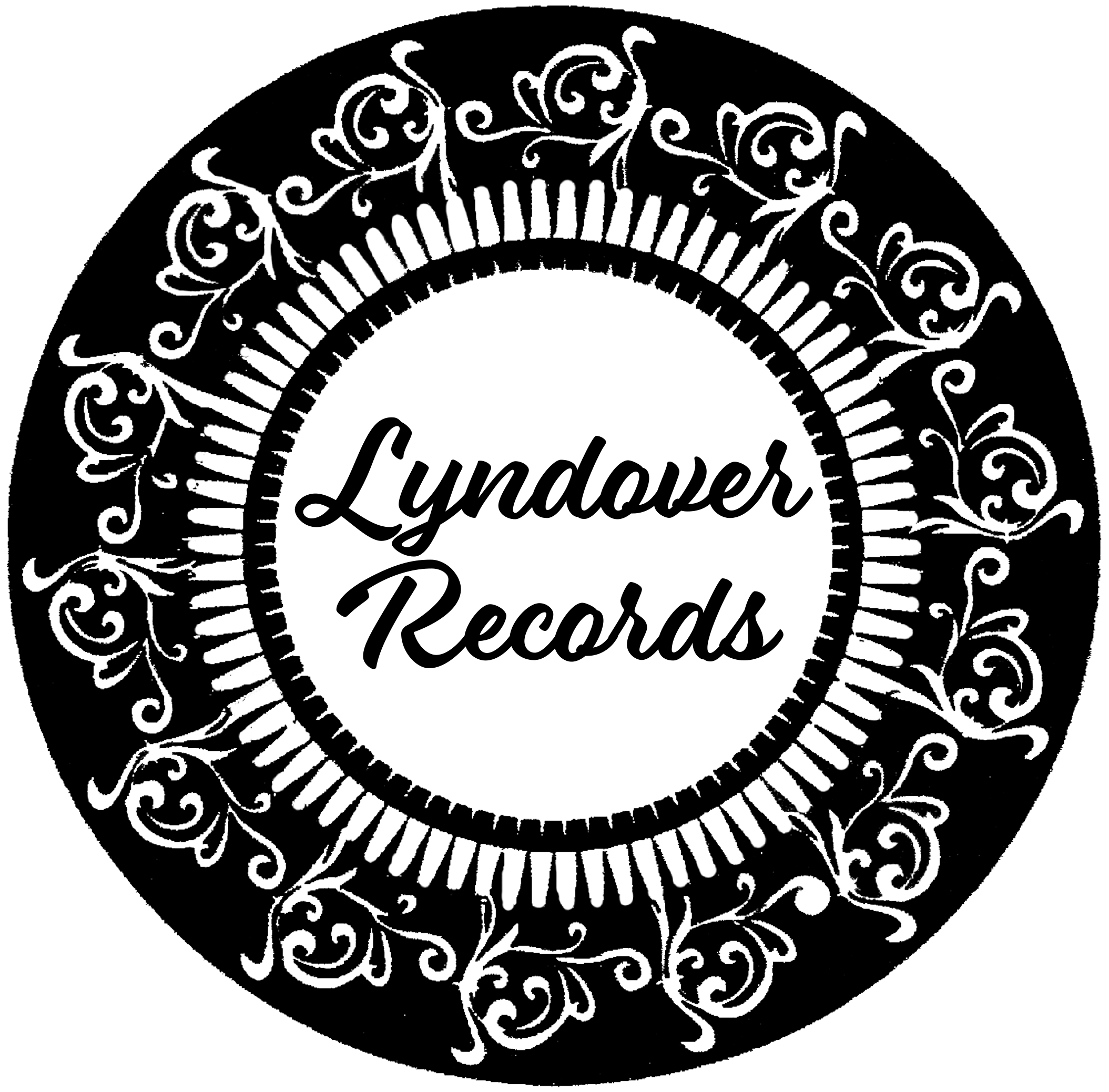How to Order Records
Fill out this form, and it will send the information to our email.
*Different jukeboxes sound better with different kinds of EQed records. Boxes that are post-WWII through mid-50s need to be EQed differently than jukeboxes made in the 60s and on.
We do not cut 12" records presently.
Trouble with the form? Email us all the requested information at link@lyndoverrecords.com.
Submitting Your Songs
Get your songs (MP3s, WAV, etc.). Set up a Dropbox folder with them in it. Create a folder and put three subfolders inside it—one for each record—and put two songs in each. Add to the name of each song either "A" or "B" so that I know which side you want them on. Share the folder with link@lyndoverrecords.com and send the invite letter to me.
If Dropbox doesn’t work for you, you can email me songs one at a time at songs@lyndoverrecords.com. If you do this, please include your name in the subject line so they end up in the right customer folder.
These need to be songs that you have. I can’t download or sell you songs.
Label Information
The records come with a generic label that will include the name of the artist, the name of the song, Side A or B, and the speed of the record. I will add a picture of your model jukebox. If you want something else, add a note to the first Dropbox folder and include any art you want added. Examples are available upon request.
Payment & Shipping
| Records (singles) | Price | |
|---|---|---|
| (1) | $50 | |
| (3) | $100 | |
| Full Jukebox | Record Type | Price |
| (20) | 78" | $500 |
| (40) | 45" | $1,000 |
| (50) | 45" | $1,250 |
| (80) | 45" | $2,000 (includes shipping US) |
| (100) | 45" | $2,500 (includes shipping US) |
Full jukebox service: If you’re looking to have your entire jukebox record collection done, the cost is $25 each plus shipping.
After completing the form, I will email you a confirmation letter and invoice you through the email you provided via PayPal for the total amount, including any rush or stereo charges.
After I have received payment and the Dropbox link, I will cut and ship out your records.
Orders outside the US will be shipped via DHL, with costs varying depending on the country and VAT.
Turnaround Time
After I receive your music and have confirmed your payment through PayPal, I will cut your records. The typical turnaround is two to three weeks—from songs in Dropbox to in-transit with USPS. I ship using USPS at the media rate to keep your cost down. Three records cost $6.95 to ship in the US.
If in a rush, add $10 per record to skip ahead in line. Check the “Rush Order” box on the form if applicable.
What Are Lathe-Cut Records?
There are two different techniques for lathe cuts nowadays: embossing and cutting.
Embossing: This can be done on Presto, (Rek-O-Kut), or other mid-grade lathes. It involves engraving a shallow groove into a polycarbonate disk with a sapphire cone. It has lower-quality recording and volume and won’t track on a vertically playing jukebox most of the time. It also won’t always seat the needle on the record correctly. Sometimes, when the needle is dropped, it will land between the grooves and make the record “not sound right.” This is easily corrected by bumping the tonearm over so it can catch the groove. This is no big deal when playing on a record player or turntable, but in a jukebox, you won’t have access to the tonearm. It can be done cheaper because of the cost of the stylus and the material it’s done on. If this is something you’re interested in for your band merchandise table, I have a package of 25 that can be done for $300 plus shipping. Email al@lyndoverrecords.com for more info.
Cutting on PETG plastic with a diamond stylus: This is a time-consuming process. It is done on machines that are also used to cut lacquer for pressed records. This requires the same amount of work and time as making a lacquer for pressing thousands of copies. They sound, play, and last like pressed records you would buy in record stores.
How Jukebox Records Are Made
I cut these records on one of the twenty-six known working Scully recording lathes (ours) left in the world. For jukebox records, I use a Grampian cutter head with a Gotham cutting amplifier and a diamond cutting stylus. This was an industry standard for pressing plants and high-end studios throughout the 1950s, 1960s, and into the 1970s, before stereo became the rage. I have a stereo cutter head, but for jukebox records—where the two-channel speakers are within two feet of each other—using a stereo head isn’t needed. You’re unlikely to get the stereo effect from your jukebox, and it adds the possibility of added problems in the record during recording. Let’s be real: no one is listening to these records through headphones. It also makes it possible for me to make these records at this lower cost.
About Us
We are a family-owned and operated recording studio with some of the rarest record-cutting and recording equipment in the world. We can make embossed records for your band merchandise table or produce records that are better than your jukebox is capable of playing. We also do one-offs (Dub Plates) in hi-fi for audiophiles and DJs. Just let me know what you need. Email al@lyndoverrecords.com.
